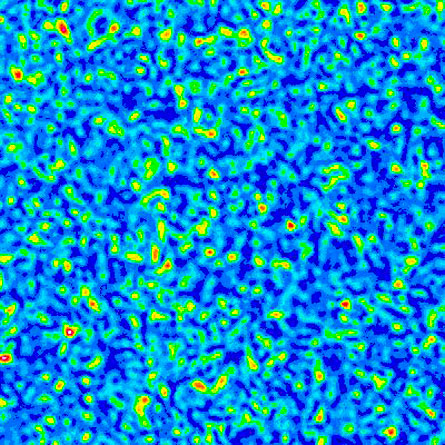- More than 2 years ago
Light’s speed slows in plywood, clouds, bones and other composite materials, but measuring by how much it slows has been a difficult task. Now scientists have found a way to determine the speed of light in such a material by varying its pressure, according to a report to appear in an upcoming Physical Review Letters.

“It’s a very compelling and exciting piece of work,” says physicist Allard Mosk of the University of Twente in the Netherlands.
The technique could help scientists understand the nature of how light interacts with materials such as paints, foams, filters and human body tissue. And it may lead to applications for testing the quality of pharmaceuticals.
It’s relatively easy to measure how fast light moves through clear, single-substance materials such as a pane of glass, but things get more complicated for materials made of more than one substance, says study coauthor Sanli Faez of the FOM Institute for Atomic and Molecular Physics in Amsterdam.
Each substance has its own index of refraction, based on how much the speed of light is reduced as it hits the atoms in a material. But in composite materials there are many different indices of refraction at work. Light in such material does not travel in any one direction very long before scattering, making it difficult to measure the whole material’s effective index of refraction and therefore how quickly the light moves.
“It is difficult to measure the ‘speed of light’ with normal methods since it does not travel much before changing its direction,” Faez says. There is no way to distinguish between light that takes a straight path and the light that has been scattered.
Along with FOM Institute colleagues Patrick Johnson and Ad Lagendijk, Faez created a way to tease this information out of a system by using a pressure chamber to alter the composite material’s index of refraction. The researchers shined laser light through a plastic filter sitting in a pressure chamber. The laser light scattered through the filter, as light traveling through any composite material would, creating a “speckled” interference pattern that the scientists could record. When the team modified the pressure, the refractive index of the filter and the speckled pattern changed. By tracking the changes in the speckled pattern in relation to the pressure, the team could calculate the change in refractive index, and from that the speed of light. The experimental results matched the team’s theoretical calculations almost perfectly.
The researchers’ setup has real-world applications, Faez says. Measuring changes in the speckled patterns produced by pills at different pressures, for example, could indicate whether they all have the same composition of chemicals.
Researchers could also use this technique in biosensing devices, says bioengineer Ian White of the University of Maryland. “Maybe they can attempt to detect biomolecules or pathogens trapped in a porous, heterogeneous material,” White says. “It would be interesting to see what is possible.”







